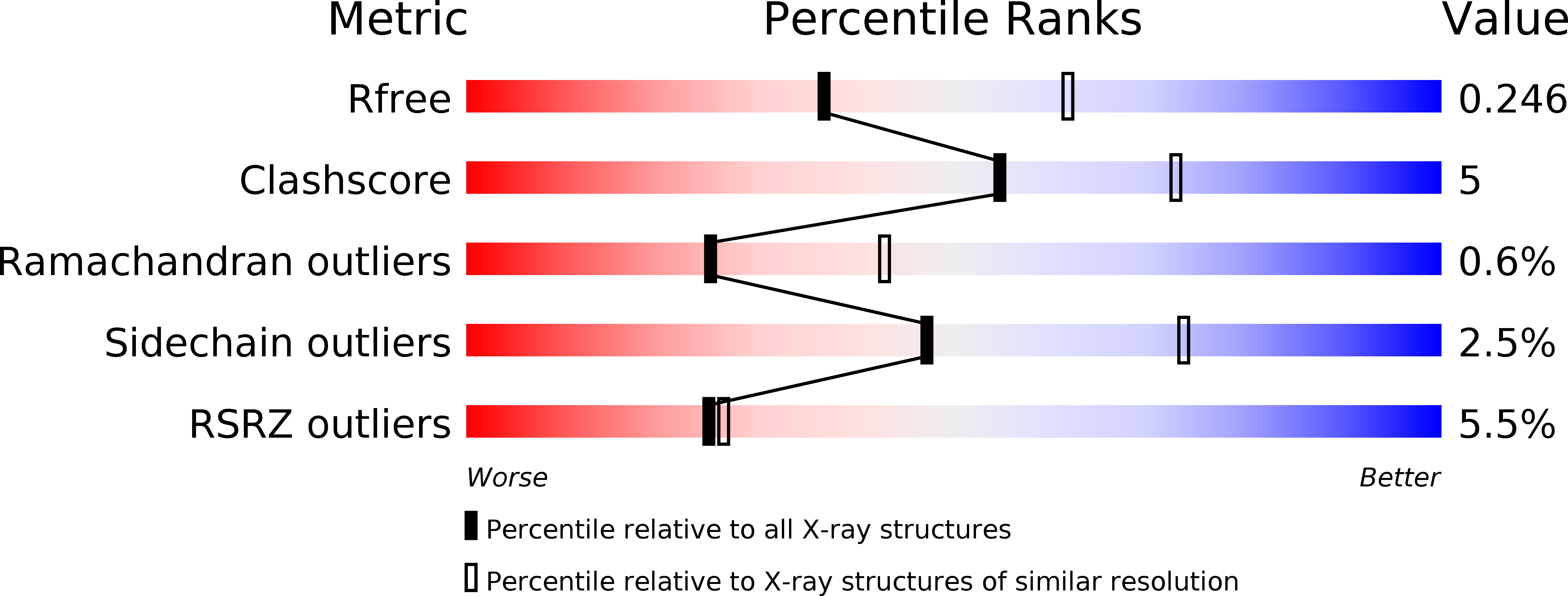
Deposition Date
2010-05-31
Release Date
2010-09-08
Last Version Date
2024-02-21
Entry Detail
PDB ID:
3NA0
Keywords:
Title:
Crystal structure of human CYP11A1 in complex with 20,22-dihydroxycholesterol
Biological Source:
Source Organism:
Homo sapiens (Taxon ID: 9606)
Host Organism:
Method Details:
Experimental Method:
Resolution:
2.50 Å
R-Value Free:
0.24
R-Value Work:
0.20
R-Value Observed:
0.20
Space Group:
P 1 21 1


